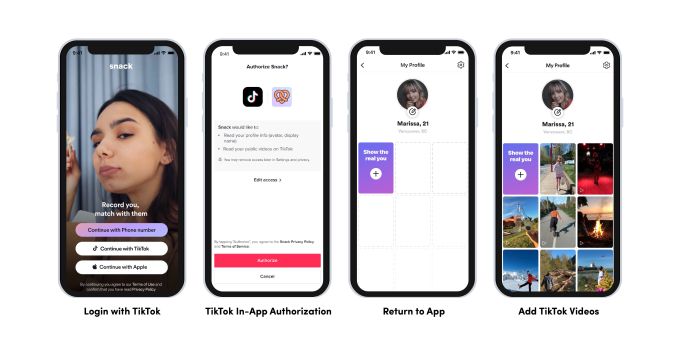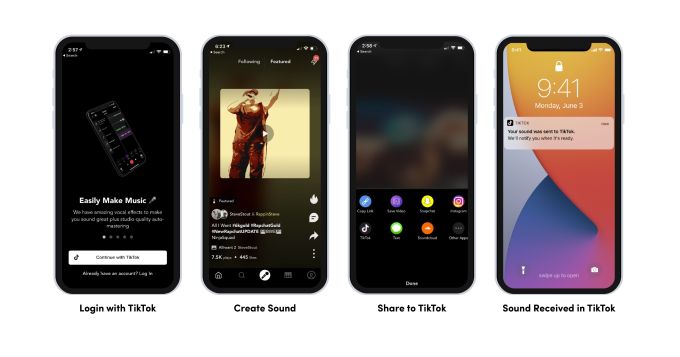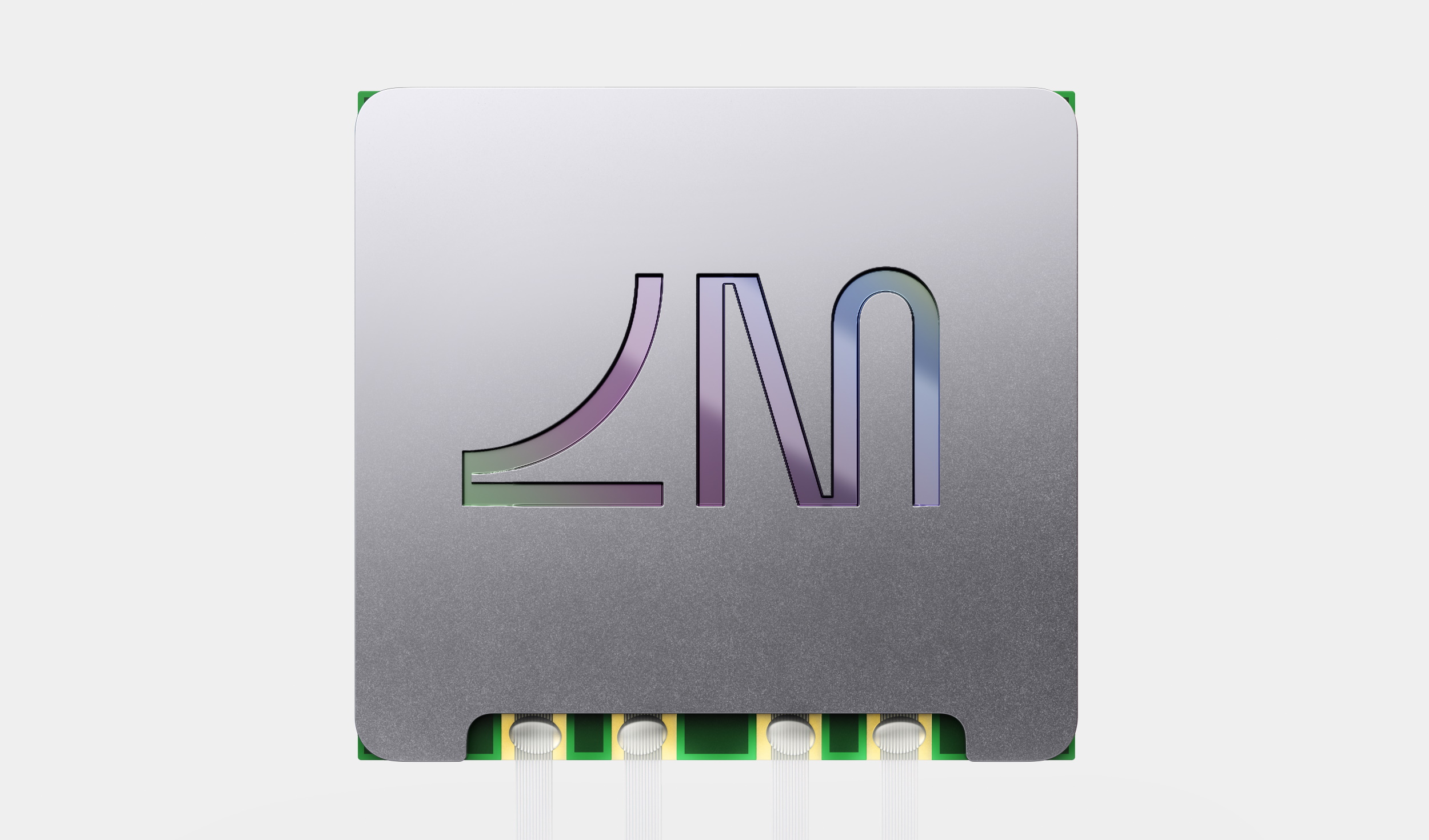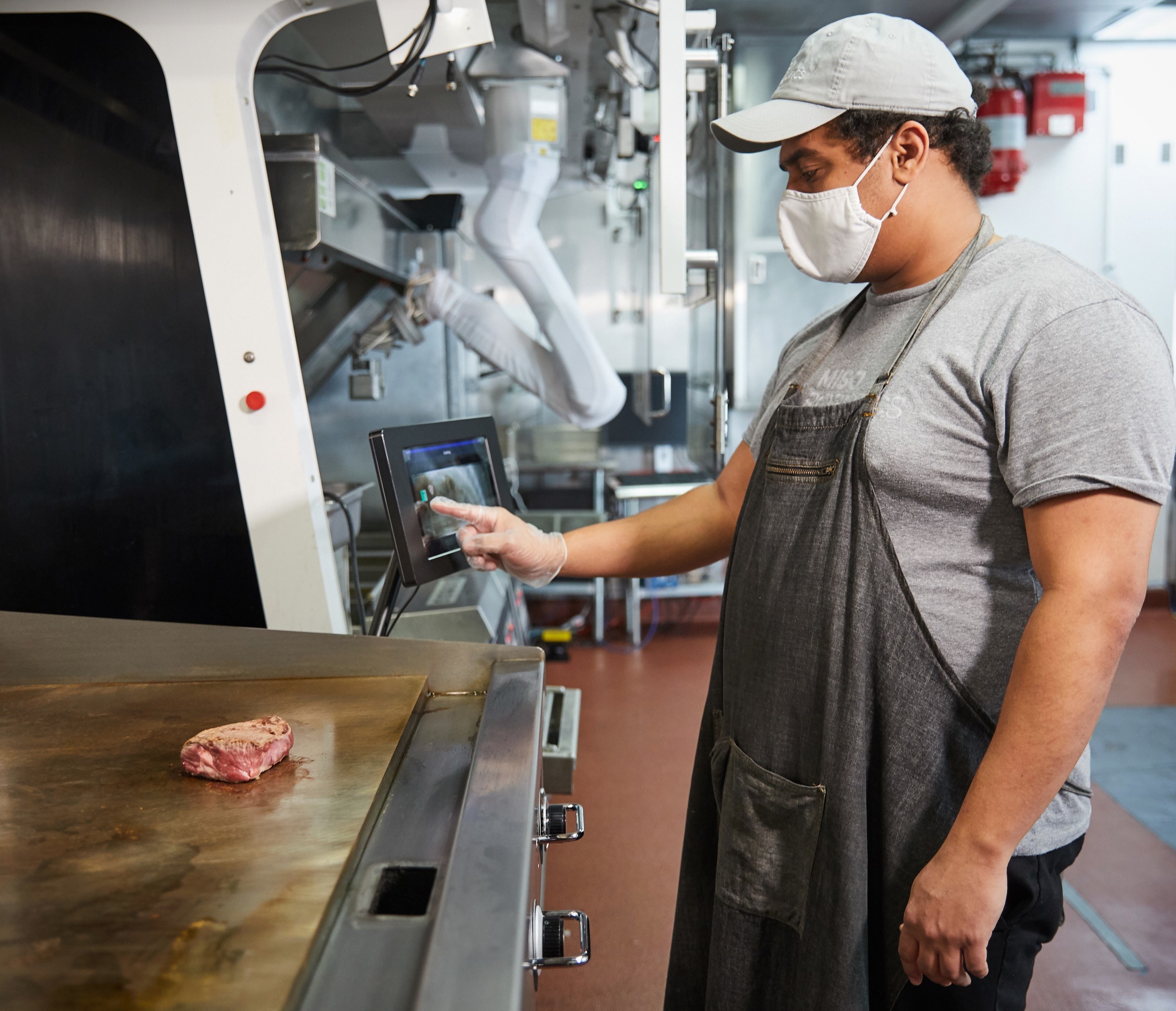News: TikTok’s new developer tools allow apps to offer ‘Login with TikTok,’ sound sharing, and more
TikTok is expanding its integrations with third-party apps. The company today announced the launch of two new tool sets for app developers, the TikTok Login Kit and Sound Kit, that will allow apps on mobile, web and consoles to authenticate users via their TikTok credentials, build experiences that leverage users’ TikTok videos and share music
TikTok is expanding its integrations with third-party apps. The company today announced the launch of two new tool sets for app developers, the TikTok Login Kit and Sound Kit, that will allow apps on mobile, web and consoles to authenticate users via their TikTok credentials, build experiences that leverage users’ TikTok videos and share music and sounds back to TikTok from their own apps.
The company already offers tools that allow app developers to share content, including both pictures and videos, back to TikTok. But the new kits — or, SDKs (software development kits) — expand upon that functionality to make TikTok not just a destination for sharing, but a more deeply integrated part of the third-party app experience.
For starters, the new Login Kit allows an app’s users to sign in quickly using their TikTok log-in credentials, similar to other social log-ins offered by Facebook or Snap. Once signed in, users can then access their TikTok videos in the third-party app, potentially fueling entire new app ecosystems with TikTok content.

Image Credits: TikTok
For example, a video dating app called Snack is using the Login Kit to allow users to share their TikTok videos on their dating profiles to help them find new matches. The game recording app Medal will allow users to share their TikTok videos with their fellow gamers. And Singapore-based Burpple lets users share their food and dining reviews with a community.
Other early adopters of the Login Kit include gaming clips app Allstar, anti-anxiety app Breathwrk, social app IRL, as well as dating and friend-making apps Lolly, MeetMe, Monet, Swipehouse and EME Hive. Creator tool provider Streamlabs is also using Login Kit, as is video game PUBG, which is only using the login functionality. A forthcoming NFT platform Neon will use Login Kit, too.
When users log in to these apps via their TikTok credentials, they’ll then be presented with an additional permissions box that asks them if the app in question can read their profile information and access their public videos, which they then have to also agree to in order to take advantage of the additional video sharing options inside the app itself.
For the time being, these are the only permissions that Login Kit asks for — and it doesn’t give the app access to further information, like who the TikTok user’s friends are, for example. If TikTok expands beyond these permissions in the future, it says it will be transparent with users about any changes or new additions. For the time being, however, the focus is more on allowing apps to better integrate TikTok content into their own experiences.

Image Credits: TikTok/Rapchat
The other new SDK launching today is the Sound Kit, which allows artists and creators to bring their original sounds and music from a third-party app into TikTok. This kit, which also requires Login Kit to work, will help TikTok seed its sounds database with more original content it doesn’t have to license from major labels. Instead, whatever licensing rights to the music and other sounds that exist within the original app will still apply to whatever is shared out to TikTok. But by sharing the music more broadly, creators can gain interest from potential fans and even see their sounds used as the backing for new TikTok videos.
Early adopters on this front include mobile multi-track recording studio Audiobridge, music creation and collaboration suite LANDR, hip hop music creation app Rapchat and upcoming audio recording and remix app Yourdio.
TikTok says some of the apps selected as early partners for the SDKs were those that already adopted its Share to TikTok SDK, which launched in 2019. Others, however, were chosen based on a specific set of criteria, including the ability to move quickly to integrate the new features and the strength of their specific use cases. TikTok was looking for a diversity of use cases and those that were particularly novel — like building out a dating network based on videos, for instance.
More information on the new tools and developer documentation will be added to TikTok’s developer website, but TikTok says it will be vetting and reviewing developers who request access. And as most of the current developer partners are U.S.-based, with just a few exceptions, the company says it is looking to diversify the list of companies going forward, as this is a global initiative.
“As TikTok becomes increasingly ingrained in culture, more third-party apps across a variety of categories and use cases are looking to tap into our community on their own platforms,” said Isaac Bess, TikTok’s Global Head of Distribution Partnerships, in a statement about the launch. “Through the Sound Kit and Login Kit for TikTok, we’re providing seamless integration solutions that help developers expand their reach, increase exposure for creators, and empower our community to showcase their content on other platforms,” he added.








